How did I start with boudoir photography?
This is a question I receive a lot from my Instagram followers.
So here we go, my very first blog.
Being passionate about photography
That is an obvious statement of course, but whether you are already a seasoned photographer or someone who just picks up a DSLR or a mirrorless camera, you will probably feel if photography is something you like and explore it further as a hobby or as a professional activity.
I am talking here about taking pictures with a real camera, not a smartphone or instant camera. Don’t get me wrong, while one can take outstanding photos with a smartphone, you will quickly feel if you hit the limits of your creativity using a point and shoot device. If you feel this urge to buy a real camera, that’s probably a sign you are interested to enhance your photography skills.
From analog film cameras to digital
I have explored photography when I was a teenager in the early eighties. My first camera was a Canon which I “borrowed” from my father.
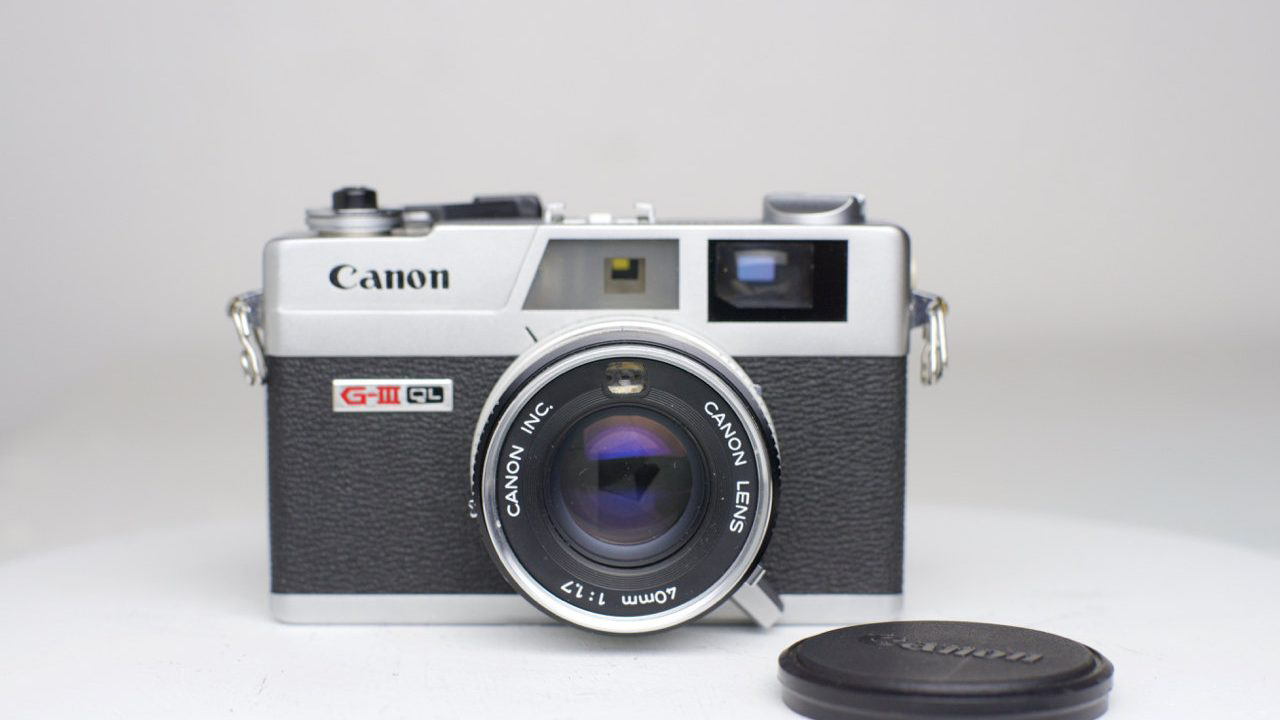
Canon G-III QL which I borrowed from my father
I still remember how I tried to figure out at the age of 12 what the difference was between ISO200, ISO400 and ISO800 film. I was so excited to pick up my 24 photo prints from my local photography store to find out that some photos were out of focus, too dark, too bright or people had red eyes like they were drunk for 2 weeks.
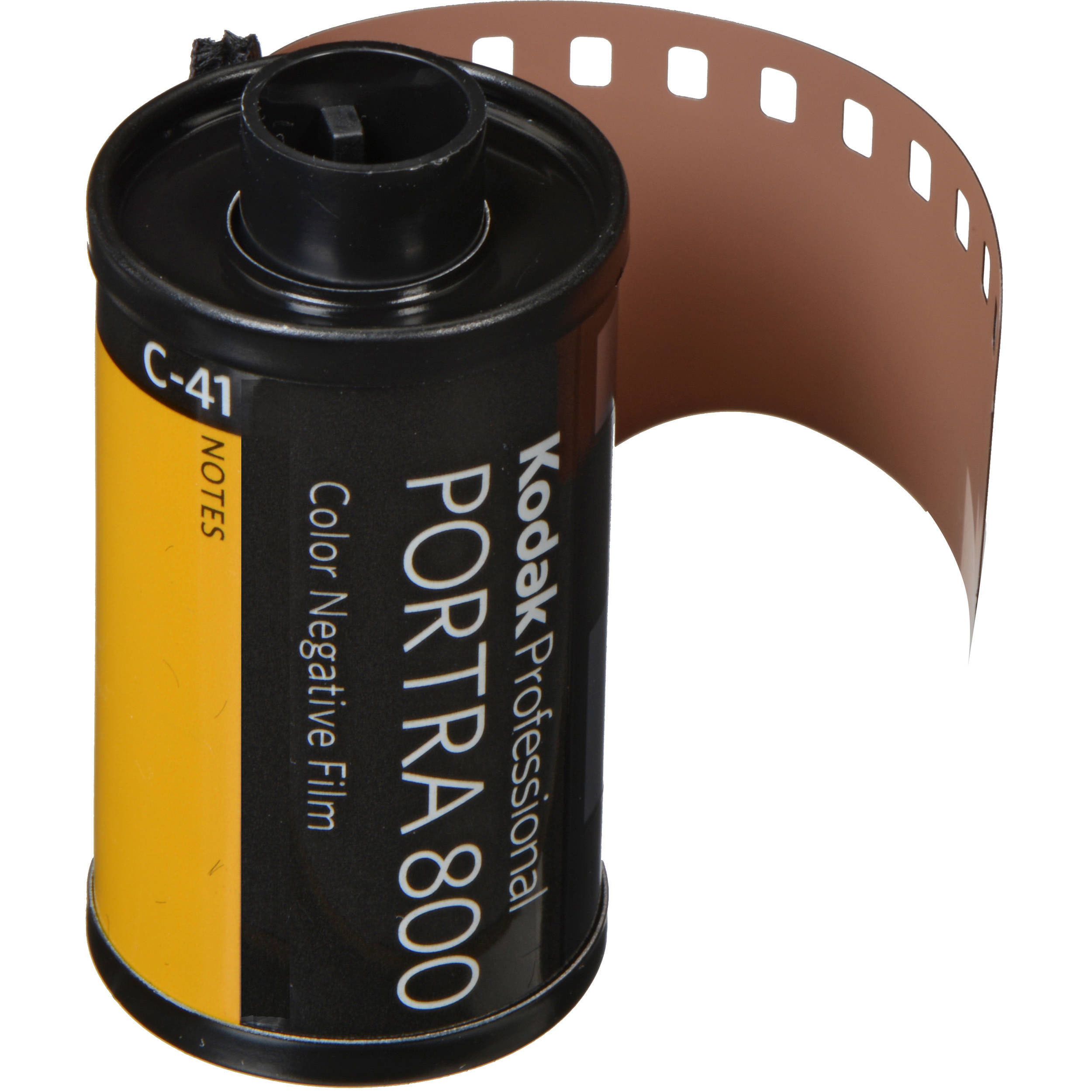
Kodak professional negative film portra ISO 800
I thought, if I buy a better camera, my photos will improve. So, I bought my first DSLR film camera, a Nikon F-601, with a standard 35-80mm lens kit. And guess what, the quality of my photos did not greatly improve at all.
It was only when I followed photography courses, went through the camera’s manual, and learned about the relationship between shutter speed, ISO and aperture that I saw “the light”. And how does my camera behave when I switch from P to M, to S, to A? And what about flash synchronization? And hey, what is focal length again? And depth of field? How are they shooting these photos with a blurred background? A lot of technical stuff to learn and master when you are 16.
Fast forward to 2002, when I bought my first digital Nikon D100 camera with a Nikon 24-85mm f/2.8-4D IF lens. Gone were the days of analog cameras. Now I was convinced to make better photos. And guess what, I was still disappointed about the quality I delivered. But I had a new state of mind. It wasn’t the gear, it was the knowledge and experience on how to use a camera correctly. Because of the digital format, it was much easier to experiment with all the different buttons and settings on the camera.
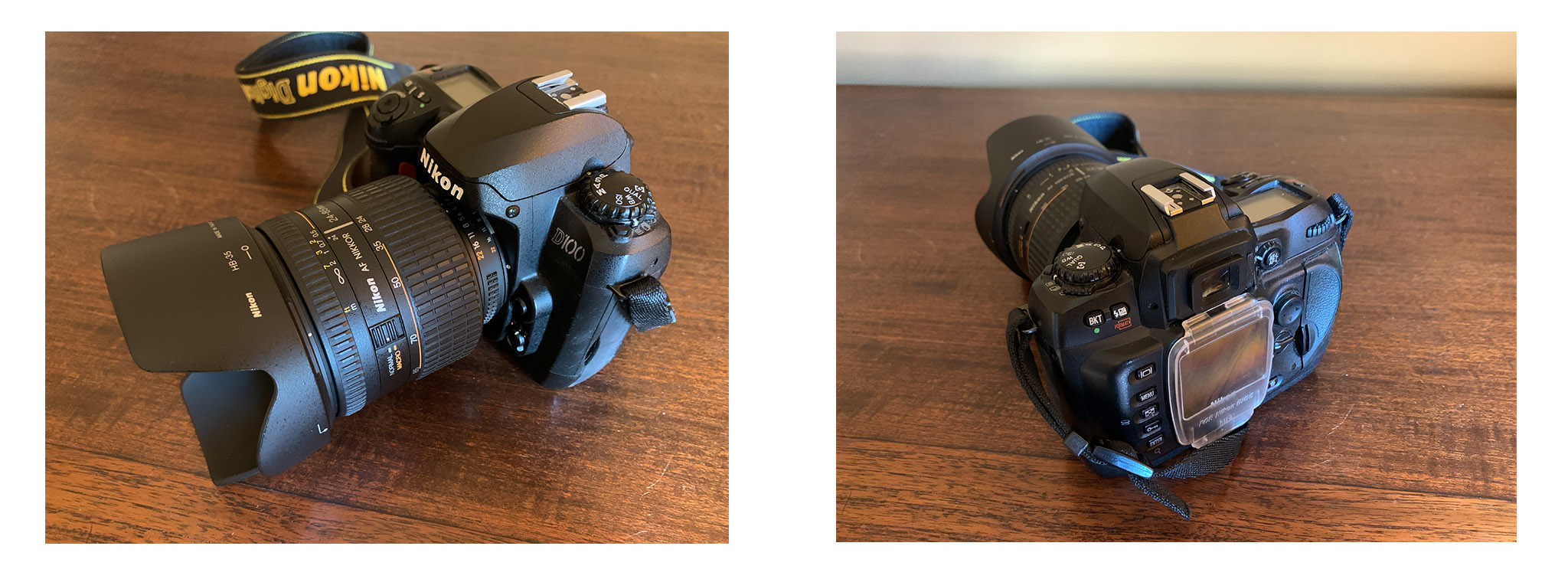
My first digital camera from 2002. A Nikon D100 with a 24-85mm f/2.8-4D IF lens
I also learned that using different lenses opened a new world of creativity. I added over the years new lenses and flashes to my Nikon collection. In 2008, I bought a new D300 Nikon body, which brought my photography to a new level. Probably not because of the camera itself, but I felt more confident on the technical aspect behind photography.
And then magic happened, when I looked through a viewfinder of a full frame DSLR. It reminded me about my old Nikon F-601, so I was eager to buy a full frame DSLR camera. In 2014, I bought a brand-new Nikon D4S, which is up to now (2021) still my main camera I use for my boudoir photography. So should I make the switch to mirrorless?
Have a look at all the cameras I bought over the last 31 years.
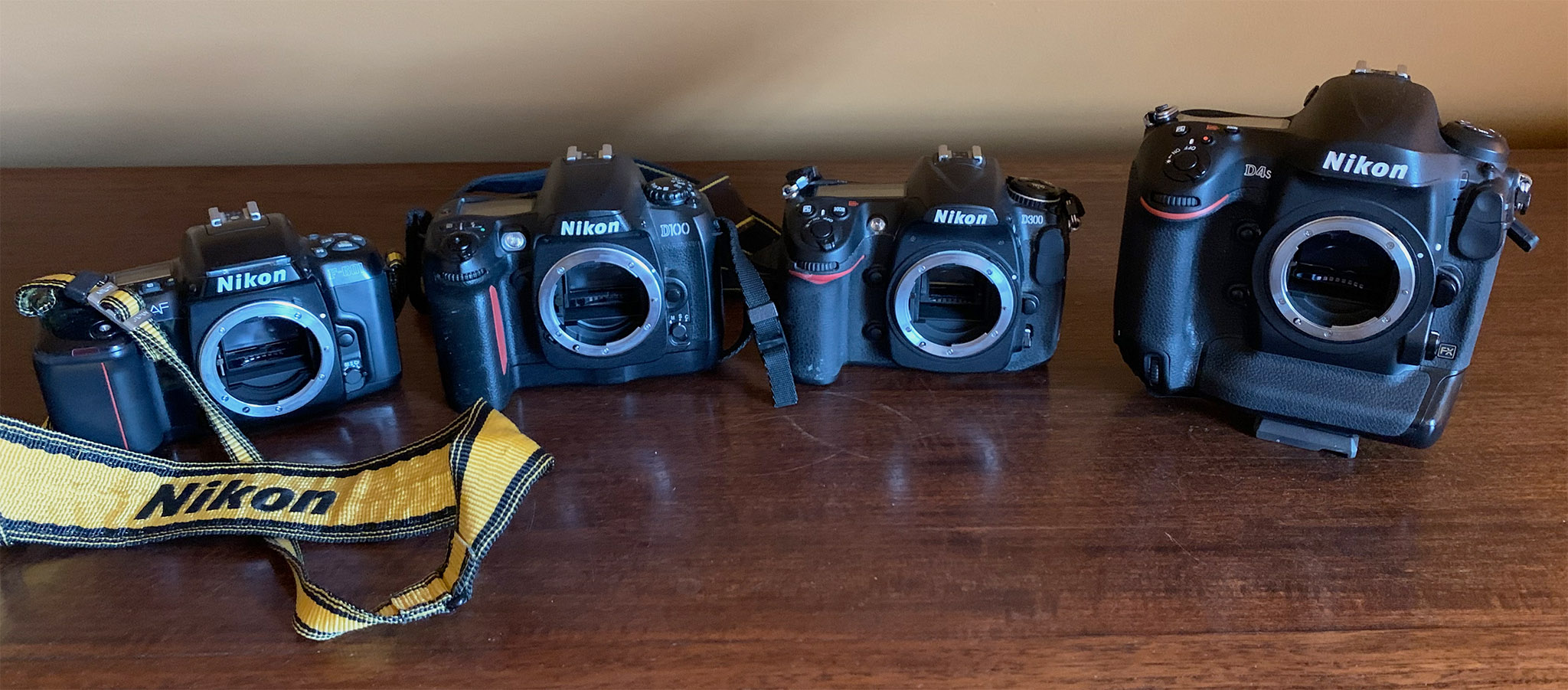
From left to right Nikon F-601, Nikon D100, Nikon D300, Nikon D4S
I also explored the world of studio flashes, monolights and diffusers or soft boxes. I did some research and decided to go for the very best. The Swiss manufacturer Broncolor was my preferred choice because of quality and transportability. I will probably dedicate a new separate blog on my Broncolor experience.
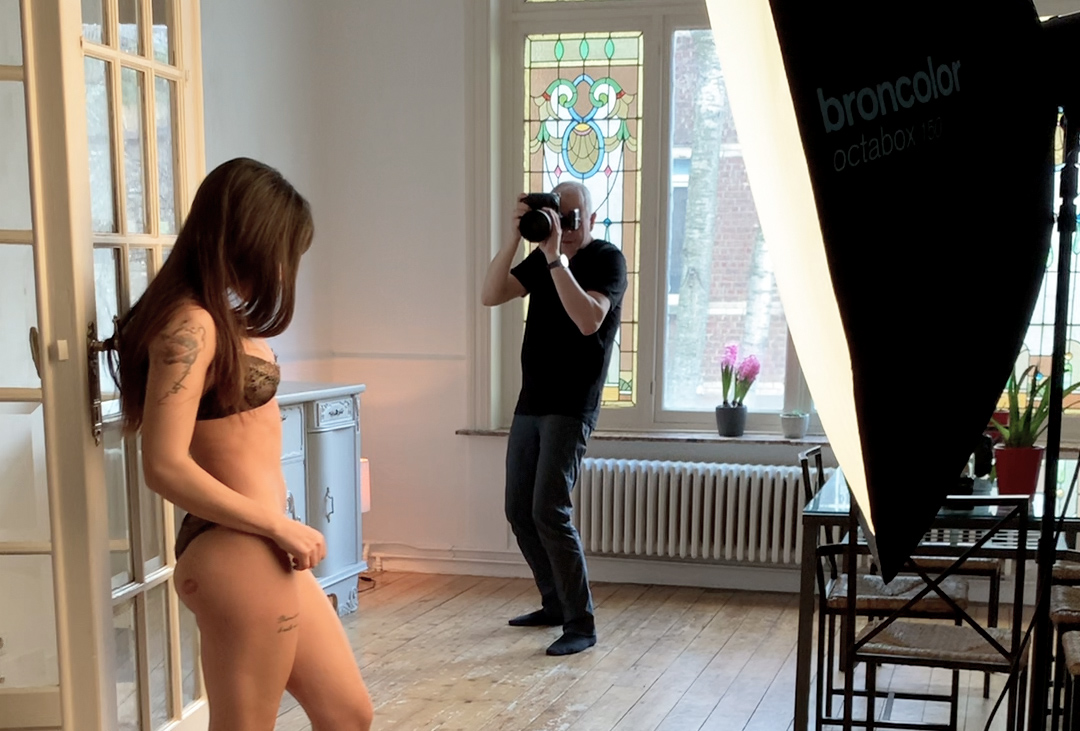
Broncolor Octabox 150 with Siros 800S Wifi / RFS 2
Choosing your niche
Over the past years, I gave some courses about basic portrait photography. A question I always receive is why not landscape, newborn, architecture or interior photography? The answer is simple, because I don’t feel any connection to these subjects. Sorry for the newborns, but I might take your photo when you are grown up ;-). No heart feelings, you are all looking cute.
And that is probably why I choose boudoir photography, or did boudoir photography choose me? It is a very narrow niche of photography, which might seem overwhelming for both model and photographer at first glance. Good communication during a photoshoot is so important so that the interaction between a model and the photographer results in a beautiful portfolio.
Before I went straight to photographing women in lingerie, I went through the process of headshots, beauty shots, glamour and finally boudoir. Going through these stages, I learned to improve communication, finding out that locations are important, and I taught myself how to become more proficient in Photoshop. I could probably write another blog article on all these subjects. And importantly, I learned to operate my camera blindly in order to focus on the model during a photoshoot, and not on the bells and whistles of the camera.
Let me tell you a bit more on how I evolved from 2017 as a boudoir photographer.
The ups and downs as a boudoir photographer
Sometimes I hear that in order to master a certain skill, it requires at least 10.000 hours of practice. For me that means that with the current pace of shootings, it would probably take me another 12 years before I take proper photos. So still a long way to go.
(10.000 hours / 22 hours per shoot / 30 shoots per year = 15 years – 3 years in boudoir photography business = 12 years). Easy right?
Along the way, I measure my success and progress as a photographer via various indicators. How many business inquiries did I receive from models, how many people follow me on social media, what is the bounce rate and number of visitors on my website, are my photos published in magazines? These are my main Key Performance Indicators (KPI’s).
But the most important KPI is how happy the model is with the results of her photoshoot. I am still in contact with most of the models I worked with. Only a few models requested to remove all photos from my website and social media channels. Main reason is often a new boyfriend, family, religion or work-related issues.
For private shoots of course, I respect the privacy of the model and photos will only be published when the model agrees.
Anyhow, out of the many shoots I already had, the overall experience is really great! When models are asking again to work with them on a new concept, or when they just text you and say: “Hey Dirk, I just bought some new lingerie and I need some pictures”, that’s probably a sign you are doing the right thing as boudoir photographer.
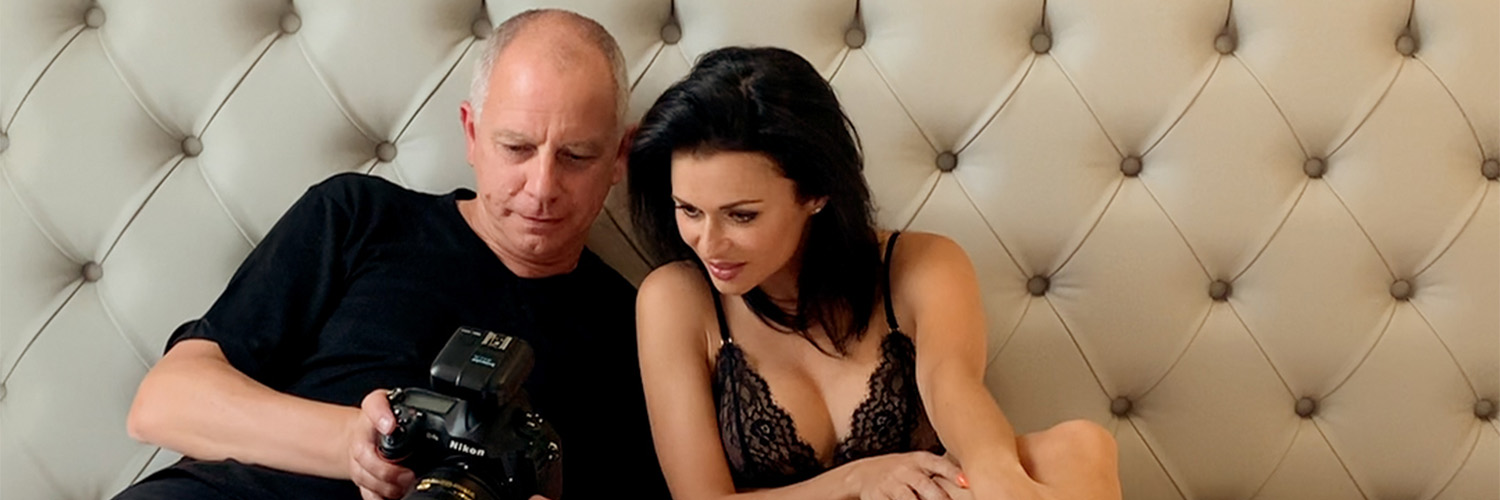
Back of camera review with model Xenia Inez
Boudoir photography and the future
Well, I am not sure for how long I will continue boudoir photography, but as long as I see positive improvement and receive kudos via social media and my website, I will continue for a while. There is a need for this kind of photography, either for commercial purposes or private purpose, but mostly to empower women and gain self-confidence, for both women and the photographer ;-)
I hope that with this very first blog I gave you a glance on how I started as a boudoir photographer and explained you the technical and communication challenges I had.
Any question or remark on my very first blog? Feel free to write me an email on this subject.
I really appreciate your time for reading, and now, have a look at my portfolio.
Ciao,
Dirk